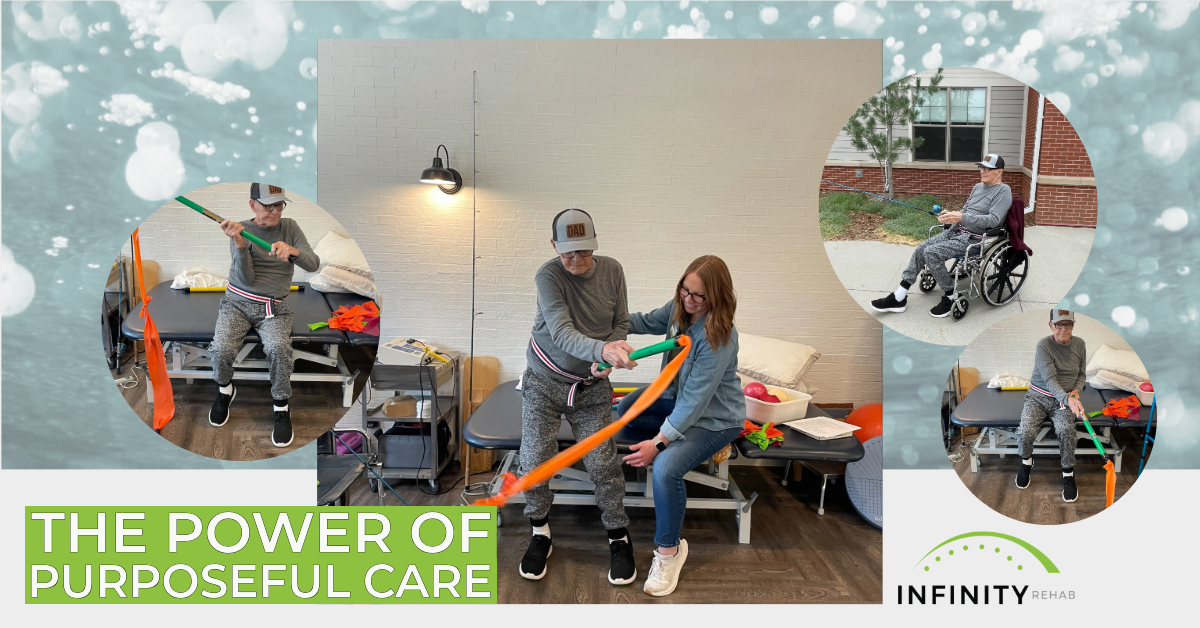As we recognize Older Driver Safety Awareness Week, it’s the perfect time to focus on how older adults can maintain their independence and safety on the road. Driving is a vital part of staying connected to family, friends, and community. However, aging can bring physical and cognitive changes that impact driving abilities. Here are some essential tips for older adults to remain safe drivers and ways to support them if they can no longer drive.
Older Driver Safety Awareness Week: Maintaining Safe Driving
- Schedule Regular Health Checkups
Vision and hearing changes are common with age and can significantly affect driving ability. Regular eye and ear exams are crucial. Additionally, discuss any medications with your healthcare provider to understand potential side effects like drowsiness or slowed reaction times. - Stay Physically Active
Flexibility, strength, and reaction time are key to safe driving. Simple exercises like walking, stretching, or yoga can help improve mobility and maintain the ability to turn the steering wheel and check blind spots comfortably. - Keep Your Vehicle in Good Condition
Ensure your car is safe and comfortable to drive. Consider vehicles with advanced safety features like backup cameras, lane departure warnings, and adaptive cruise control. - Take a Refresher Course
Many organizations offer driving courses tailored for older adults. These classes can help sharpen driving skills and update knowledge of traffic laws and technology. - Plan Routes Carefully
Stick to familiar roads, avoid driving at night or in bad weather, and plan trips during non-peak traffic hours.
How to Support Older Adults Who Can No Longer Drive
Recognizing when it’s time to stop driving can be challenging but essential for everyone’s safety. Here’s how to navigate this sensitive transition:
- Have Open Conversations
Approach the subject with empathy. Discuss your concerns and provide specific examples, such as recent near-misses or difficulties they’ve shared. - Explore Transportation Alternatives
Help identify reliable senior transportation options, such as public transit, ride-sharing services, or community shuttles. Many senior centers also offer transportation services. - Encourage Social Engagement
Losing the ability to drive doesn’t mean losing independence. Assist them in finding activities and social events nearby to stay connected and active. - Provide Practical Support
Offer rides or coordinate with family and friends to ensure they can attend medical appointments, shop for groceries, or visit loved ones. - Seek Professional Input
If the decision to stop driving is met with resistance, a physician or occupational therapist specializing in driving evaluations can provide an objective perspective.
Let’s Drive Awareness
Older Driver Safety Awareness Week reminds us of the importance of supporting older adults in maintaining their mobility and independence, whether that’s by helping them stay safe on the road or by ensuring they have access to alternative transportation. Together, we can promote safer roads for everyone.
Share these tips with loved ones and start a conversation about safe driving today!







